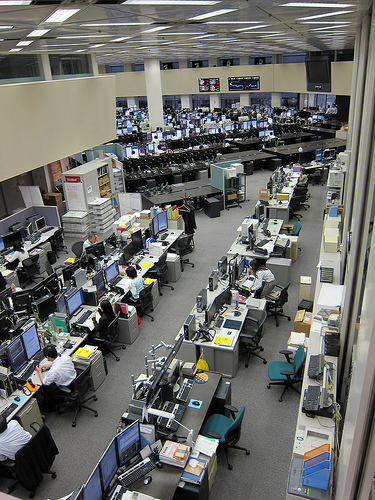Benford and Your Taxes
This article that appeared in the Jan 2008 issue of the Wilmott Magazine explores the fascinating numerical phenomenal of the first digits in real-life numbers.
[…] The calculated creativity in tax returns seldom pays off. Your calculations of expected pain and suffering are never consistent with the frequency with which IRS audits you. The probability of an audit is, in fact, much higher if you try to inflate your tax deductions. You can blame Benford for this skew in probability stacked against your favor. […]

